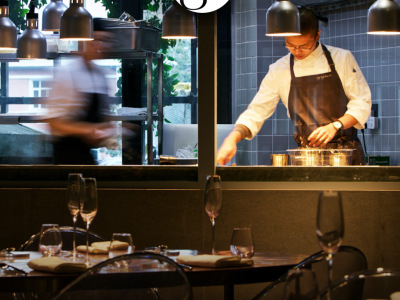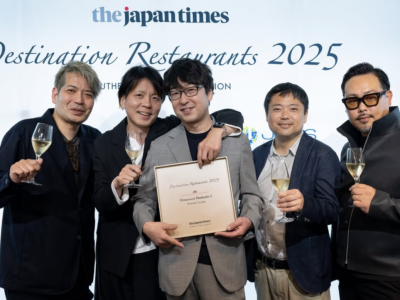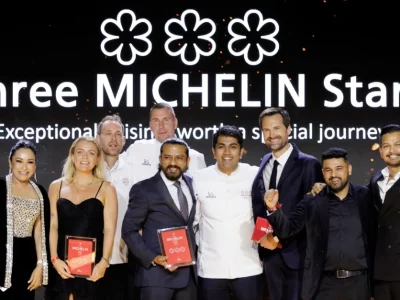At the end of my April trip through Puglia, I had a dinner at Borgo Egnazia that has stayed with me ever since. Located in the heel of Italy, this sprawling resort once hosted the G7 summit in 2024. It looks like a village—almost like a self-contained world where you could live for a week, maybe even months, if your budget allows. It seems humble on the surface, but there’s an understated elegance in every corner.
Tucked quietly inside this mock-Mediterranean village is Due Camini, the resort’s fine dining restaurant. The atmosphere is calm and unhurried. The chef, Domingo Schingaro, doesn’t speak much about his philosophy, but by the time you finish the menu, it becomes clear that every choice is intentional. This meal turned out to be one of the most memorable vegetable-forward dinners I’ve had in recent years—not vegetarian, but built with vegetables at its center.

Due Camini
The waiter recommended we order three savory courses and one dessert. That sounded just right. Each course is based on a single ingredient, expressed in three different ways. There’s a beginning, a middle, and an unexpected yet natural ending. It sounds simple, but the execution requires discipline and a sense of rhythm.
The first dish was Asparago|Asparagus Trilogy. The first expression looked simple—a flat, round cake. But it was made by pan-frying yesterday’s bread, filled with wild asparagus tips and chopped egg, and encircled by a vivid green asparagus jus. The bread was crunchy outside and moist inside, contrasting the soft texture of the asparagus. The taste evoked a walk through a spring field. On the side was a small square of “butter,” actually a blend of ricotta and aged grape vinegar, which paired beautifully with the hot bread and completed the dish’s flavor structure.
The second was a whole white asparagus, grilled and glazed with a thin layer of barbecue sauce. Caramelized on the surface, but still sweet and juicy within. To finish, a warm drink—roasted asparagus nectar, slow-extracted and served like a clear infusion or tea. It was clear, smokey, with a touch of green bitterness at the end. A fitting, liquid punctuation to the asparagus story.
Cipolla|Onion Trilogy. It opened with wheel-shaped pasta cooked slowly in red onion broth until chewy and translucent, finished with smoked pork fat and a shower of crispy fried onions. I wanted to recreate it at home—but I knew it would require precise execution.
The second expression came in the form of a tartlet filled with lampascioni, a wild bulb native to southern Italy, mixed with chives and yogurt. The flavor was earthy and slightly bitter, with just enough tang and creaminess to soften the edges—like walking past overgrown grass on a sunny day. The final bite was a small quenelle of onion cream, subtly perfumed with star anise. Quiet, but purposeful.
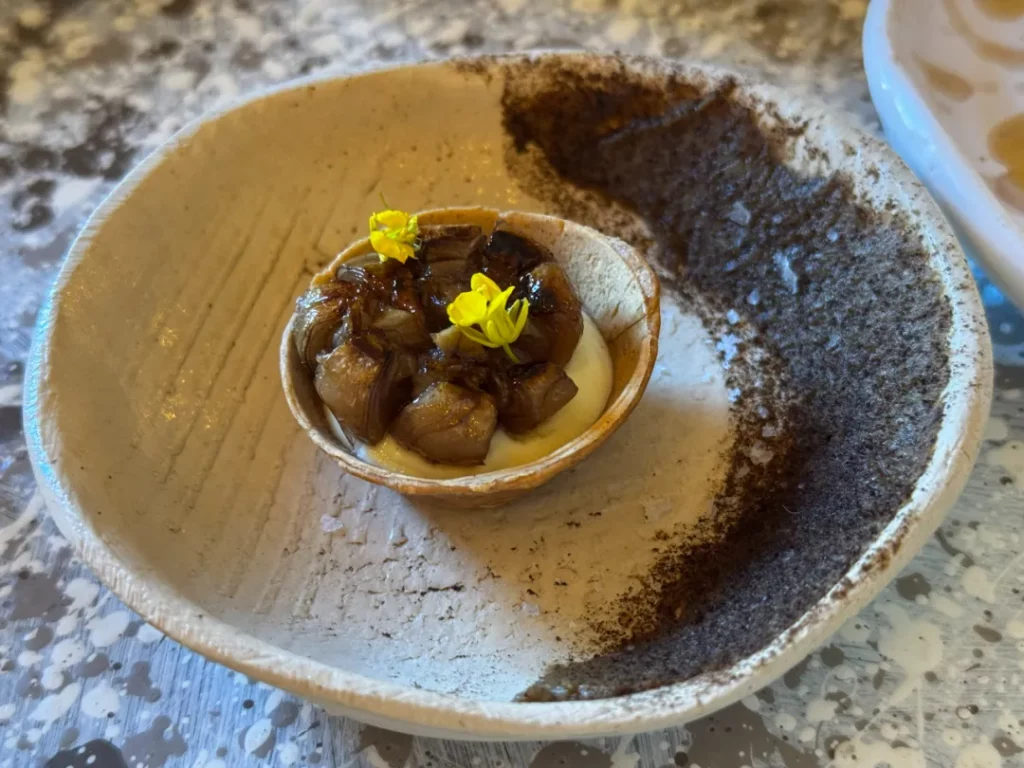
Tartlet with wild lampascioni, chives and yogurt
Next came the dish I found most unforgettable: Carciofo|Artichoke Trilogy. It began with a savory crème brûlée made from Gold—a rich, aged cheese from Jersey cow milk—set over a clear broth brewed from artichoke leaves and chamomile. The flavors were subtle but layered. On top was a grilled stem of artichoke, slightly charred with a touch of bitterness. None of the components overpowered the others. Together, they felt like different voices of the same ingredient, harmonizing in a quiet, complex chord.The second interpretation was a gnocco, made from barley and fermented fava bean dough, filled with soft goat cheese, floating in a broth extracted from leftover artichoke trimmings and again laced with chamomile. The broth was golden, fragrant, and surprisingly gentle.The final element was an entire grilled artichoke heart, set on a mound of concentrated purée. The edges were crisped just right, the inside tender, with the vegetal fibers still intact and aromatic. When I took the last bite, I felt strangely convinced—this was complete, and deeply satisfying, even without a single trace of meat.
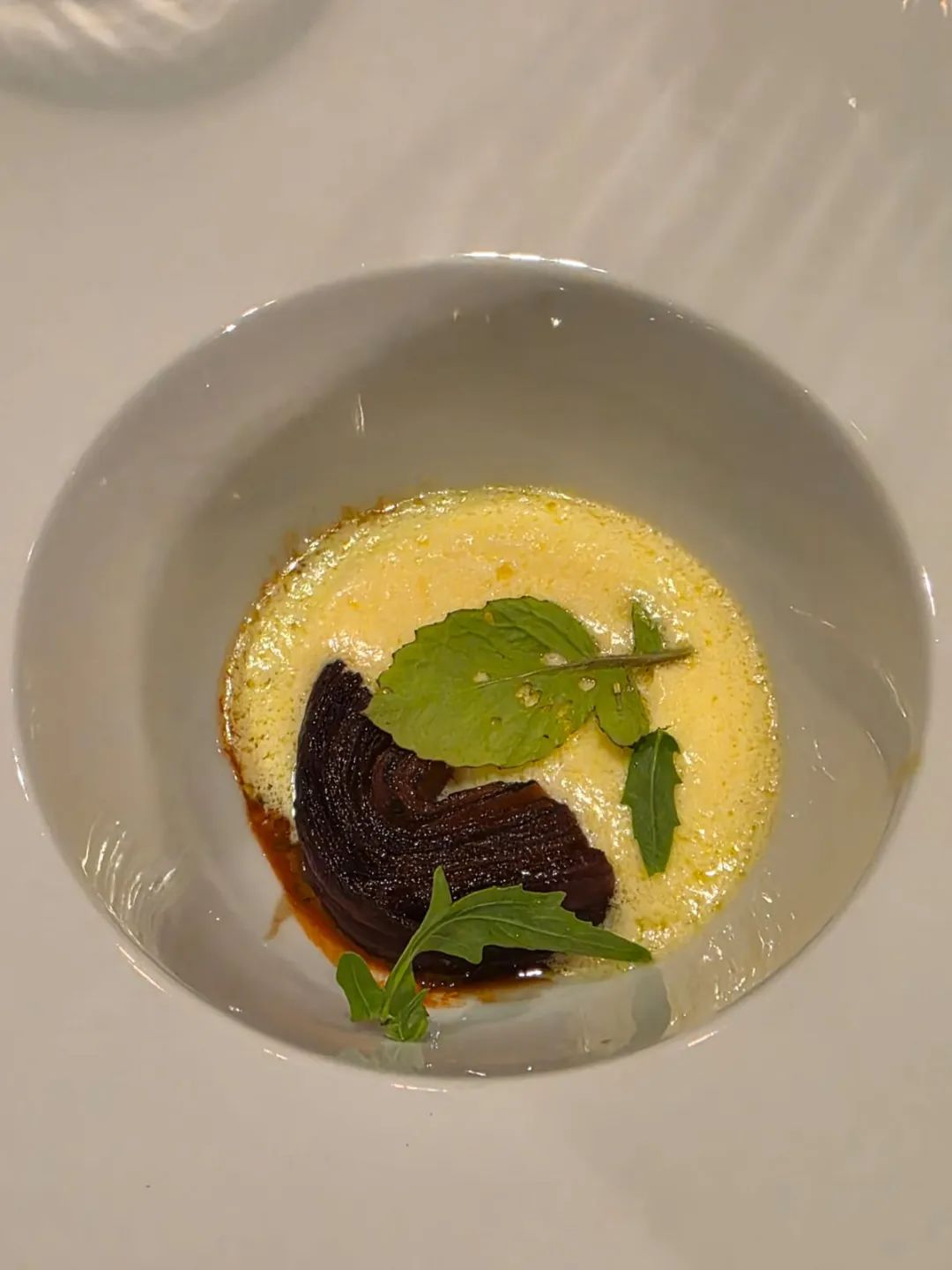 "Centofoglie di Rutigliano" artichoke, gold, and walnuts
"Centofoglie di Rutigliano" artichoke, gold, and walnuts
Cavolo|Cabbage Trilogy was the most understated dish of the night.The first variation was a warm cabbage roll, gently braised and filled with walnuts and spices. It had the soft, rounded flavors of something you might find in an Asian dish, but the sauce was restrained, letting the cabbage’s natural sweetness come through. It reminded me that if all vegetables were treated like this, eating them every day wouldn’t feel like a chore.The second was a savory pastry—something between a cabbage mille-feuille and a rustic tart. The upper layers were crisp, the inside stuffed with well-cooked cabbage, seasoned with the kind of clarity you might associate with a Southern European home kitchen, only more refined and confident in technique.The final piece was a bowl of creamy cabbage soup. The base had the richness of milk, but with a soft touch of black pepper for structure. It was mild but not bland—an honest dish that left more emotion behind than I expected.
Then came dessert: Fragola|Strawberry Trilogy. This course wasn’t labeled as “dessert” in the traditional sense. It followed the same structure as the savory courses: one ingredient, three forms, no embellishments.First was a warm, pale pink soup made from strawberries and goat milk, topped with just a scattering of cracked black pepper. It looked gentle, but the flavor had a subtle jolt—the pepper cutting through the creaminess and softening the sweetness, giving the fruit another dimension.Next was a meringue, crisp on the outside and filled with whipped cream and fresh strawberry chunks, topped with a dreamy cloud of strawberry foam. Incredibly light, it had none of the usual cloying sugar, thanks to the fruit’s natural acidity.The last element was a cheesecake, wrapped in translucent, marinated slices of strawberry. Soft, slightly tangy, and almost floral in aroma. It felt like a gentle landing.
During the meal, Chef Domingo Schingaro mentioned quietly, “We’re not doing this to show that we have rare seeds. We’re doing it because we want to give back to the land that gave us so much.” After eating from root to leaf, from broth to purée, they made complete sense. His cooking has a quiet philosophy, not preached but practiced.One thing I admired deeply: every dish on the menu could be ordered à la carte. No required tasting menu. That kind of flexibility is rare in fine dining and shows a quiet confidence in each dish’s ability to stand on its own. These “trilogies” may seem minimalist, but each has a distinct rhythm, a mood, and a story to tell.
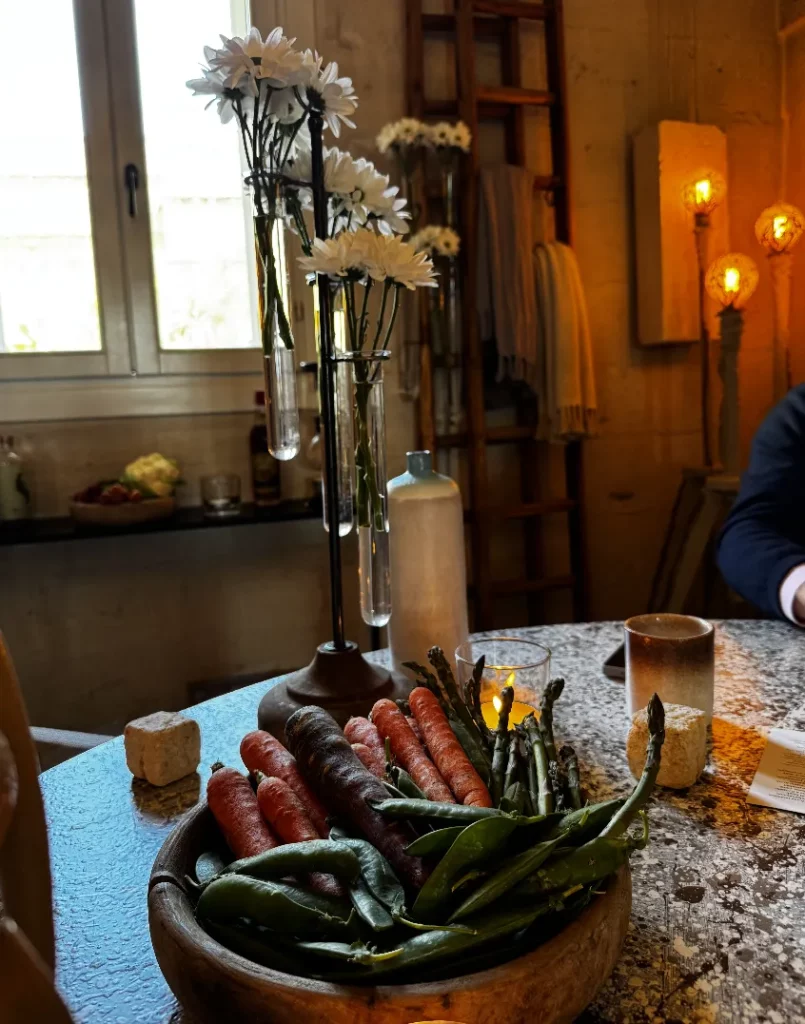
After dinner, I didn’t feel like I had just seen a grand performance. It was more like stepping out of a still, silent room where something had been said—and said well. The memory lingered. It didn’t shout, It just stayed.
If you ask me whether it was delicious—the answer is certainly yes. But what intrigues me even more is what surprising, original creations Chef Domingo Schingaro might offer in other seasons. That alone gives me a reason to return.
Photo: Jocelyn 华姐


